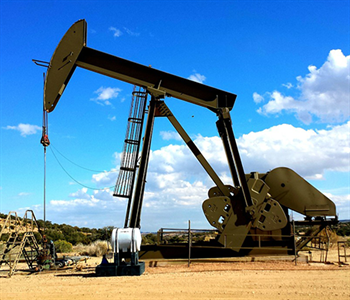
Drilling mud is a term frequently used in the oil and gas industry and refers to any liquid drilling fluid. This heavy, gelatinous mixture is used predominately during oil drilling and natural gas wells, as well as on exploration drilling rigs. However, drilling fluid can also be used for more basic drilling processes, such as water wells. In this article, learn about drilling mud along with its benefits!
There are 3 main types of liquid drilling fluid, or drilling mud:
Most of the drilling muds are based on water (fresh or saltwater) or brines (natural or manmade). These drilling muds also contain clay and barite to give it weight and viscosity. Oil based muds however, use products such as diesel or mineral oil. Some synthetic drilling muds use highly refined compounds that can be made according to specific property specifications.
When drilling, the mud is pumped down the hollow pipe to the drill bit and then is flushed back up the borehole to the surface. If any oil or synthetic based mud is used, it is typically cleaned and recirculated for both economic and environmental reasoning.
Drilling mud is used for a variety of reasons in this industry. Advantages are achieved by the drilling mud combined with hydrostatic pressure. The main reasons include:
If you have any questions or need assistance in determining the best process or products to use for any of your drilling purposes, contact Plastech Plus today. We are a leading supplier of drill muds, polymers, PVC pipes and ground sampling supplies. Our knowledgeable staff are just a click or call away and ready to help meet all of your needs and expectations.